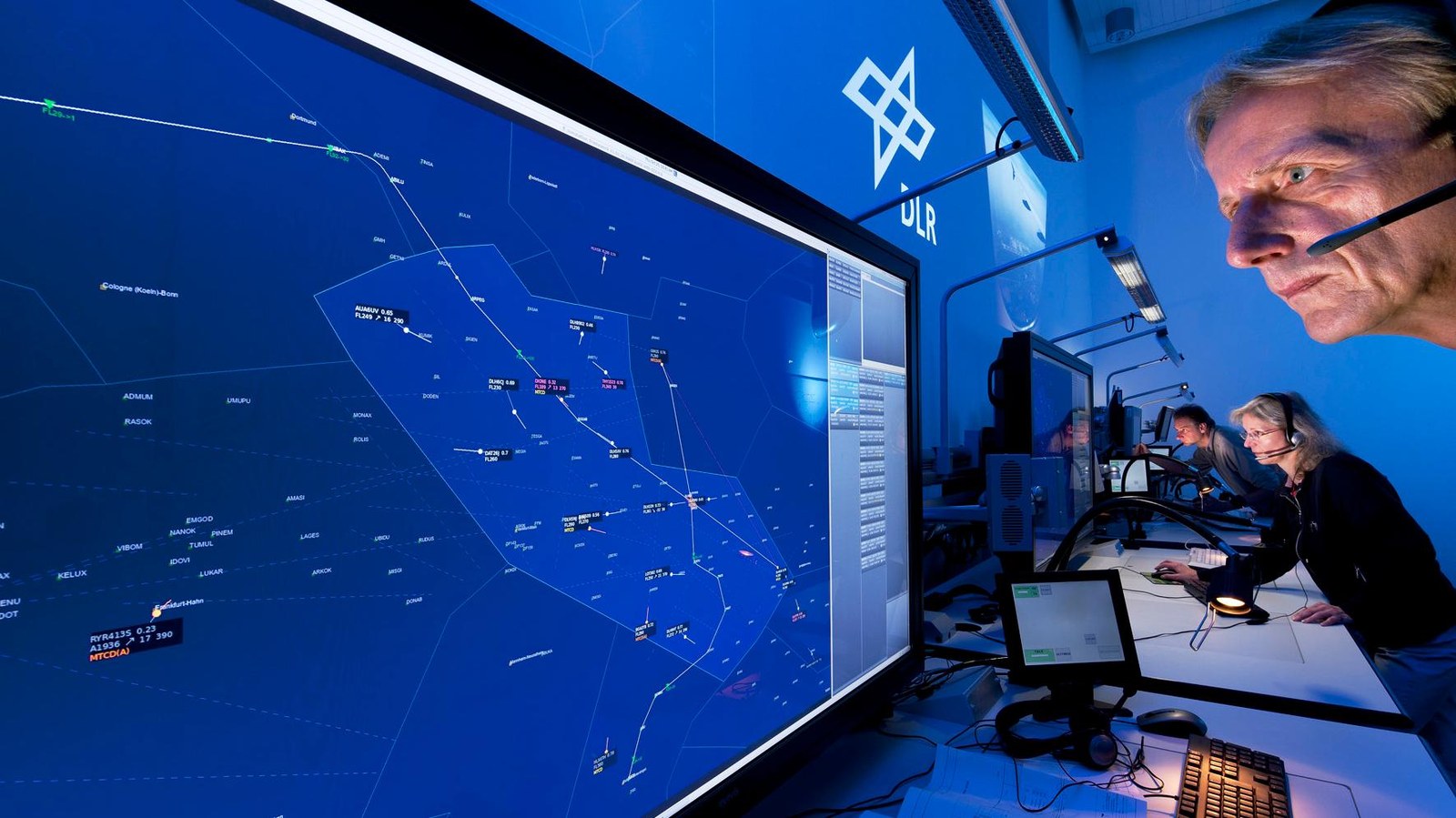Single European Sky – DLR and NLR join the SESAR 2020 research programme

In 1999, the European Commission launched the Single European Sky (SES) programme to ensure that national airspaces grow together to create a more unified and efficient pan-European airspace. Together with the Netherlands Aerospace Centre (Nationaal Lucht- en Ruimtevaartlaboratorium; NLR), the German Aerospace Center (Deutsches Zentrum für Luft- und Raumfahrt; DLR) has become a member of the EU Single European Sky ATM (Air Traffic Management) research programme, known as SESAR 2020. The aim of SESAR 2020 is to develop new systems for the unification of European airspace and meet the challenges of increasing air traffic.
Using airspace more efficiently
Currently, the air traffic management system in Europe transports over 1.6 billion passengers on some 10 million flights every year. It is estimated that the number of flights will increase to 14.4 million by 2035. This represents an enormous challenge for today's air traffic management, in view of the partial fragmentation of European airspace and the number of parties involved in air transport. New procedures and technologies combined with closer collaboration at the European level offer a solution. They will be able to help with using European airspace more efficiently in the future, to handle the increase in air traffic and the requirements of all parties involved.
DLR brings key expertise
DLR conducts research into innovative approaches for a future European air traffic system; these include, for example, providing airspace that avoids the current division into sectors and remote monitoring of one or more small airports from a virtual tower. "As a new member of the research programme, we will be contributing these new concepts for the air traffic management of the future," says Dirk Kügler, Director of the DLR Institute of Flight Guidance in Braunschweig. As part of the AT-One Consortium, five research institutes at DLR are working with two divisions of NLR to form a European research alliance. "AT-One is an experienced European alliance involving two major research institutions and a unique simulation and flight testing infrastructure. As such, we represent a competent research partner in SESAR 2020," explains Kügler.
Ambitious goals
As part of SESAR 2020, various partners from almost every area of aviation are conducting research into application-orientated measures for a secure, low-emission, cost-effective air transport system in Europe. All relevant stakeholders are working together on this – air navigation services, airports, airlines, aircraft manufacturers, air navigation equipment manufacturers and research institutes. In this way, newly developed systems are due to be validated and tested for marketability. SESAR 2020 has a budget of 1.5 billion euro to do this.
The decision for DLR and NLR AT-One Consortium to join SESAR 2020 was announced on 8 March 2016 at the World ATM Congress in Madrid.


